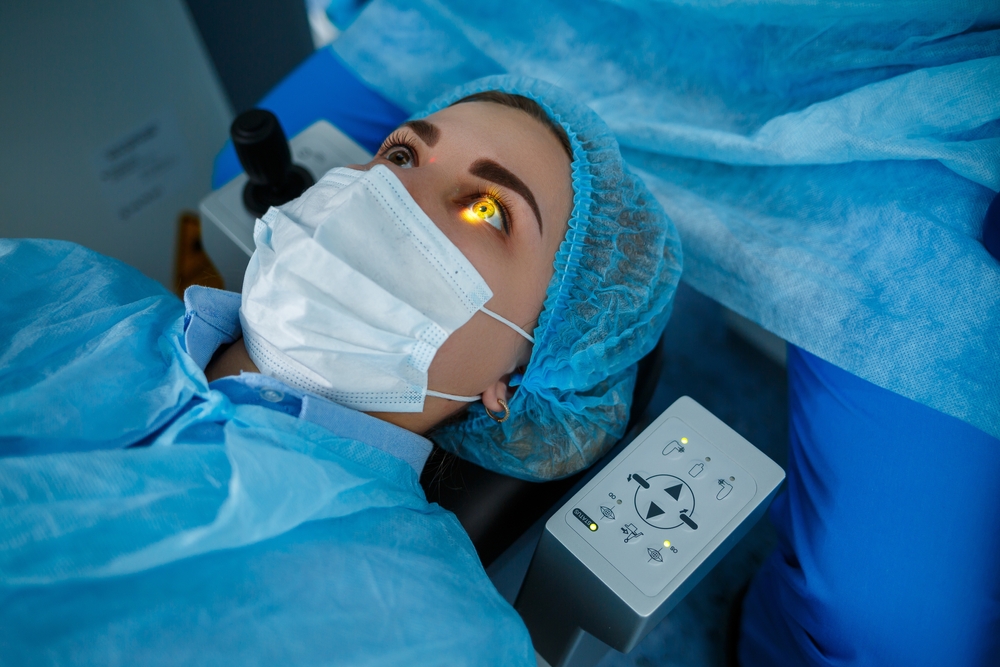
LASIK is a popular surgical procedure that can correct various refractive errors and reduce dependency on glasses or contact lenses. If you have been considering LASIK, it is important to have a comprehensive understanding of what it entails.
How LASIK Works
LASIK works by reshaping the cornea to correct refractive errors. The procedure involves the use of a laser to create a thin flap in the cornea. This flap is lifted, and the underlying corneal tissue is gently reshaped using another laser. The corneal flap is then repositioned, acting as a natural bandage, and the reshaped cornea allows light to focus correctly on the retina. The entire process is precise, quick, and virtually painless. LASIK is a remarkable advancement in vision correction technology and has helped millions of people achieve clear, unaided vision.
Are You a Candidate for LASIK?
While LASIK is an effective procedure, it may not be suitable for everyone. The best way to determine your suitability for LASIK is through a comprehensive eye examination conducted by an optometrist. Generally, suitable candidates for LASIK:
- Are at least 18 years old and have a stable prescription for at least one year.
- Have healthy eyes, free from any underlying conditions or diseases.
- Have a sufficient corneal thickness to undergo the procedure.
- Are not pregnant or nursing.
- Have realistic expectations about the outcomes of LASIK.
Recovery and Post-Operative Care
After undergoing LASIK, it is essential to follow the recommended post-operative care instructions provided by your surgeon. Immediately after the procedure, you may experience some mild discomfort, such as dryness or a foreign body sensation. These symptoms usually subside within a few days.
It is crucial to avoid rubbing your eyes, swimming, or engaging in any activities that may expose your eyes to potential contaminants during the initial recovery period. Your optometrist will schedule follow-up appointments to monitor your progress and ensure proper healing. Most patients notice significant improvements in their vision within the first few days following LASIK, with continued enhancement over the following weeks.
Potential Risks and Complications of LASIK
While LASIK is generally safe and effective, like any surgical procedure, there are potential risks and complications to be aware of. Some possible risks include:
- Dry eyes: LASIK can cause temporary or permanent dryness of the eyes, which can be managed with eye drops.
- Glare, halos, or double vision: These visual disturbances may occur, particularly at night, but are usually temporary.
- Overcorrection or undercorrection: In some cases, the desired outcome may not be achieved, and additional enhancements may be required.
It is crucial to discuss any concerns or questions you may have with your surgeon before undergoing LASIK. They will provide you with a thorough understanding of the potential risks and complications specific to your case.
Schedule Your Consultation with DaVinci Eye Care Today
Understanding the fundamentals of refractive errors, how LASIK works, and determining your candidacy are essential steps in making an informed decision. Consult with an optometrist who can evaluate your eligibility and guide you through the process. By taking the necessary precautions and following post-operative care instructions diligently, you can increase the likelihood of a successful LASIK experience.
Schedule a consultation and learn more about how LASIK can transform your vision, visit DaVinci Eye Care at our office in Warminster, Pennsylvania. Call (215) 443-8580 to book an appointment today.







